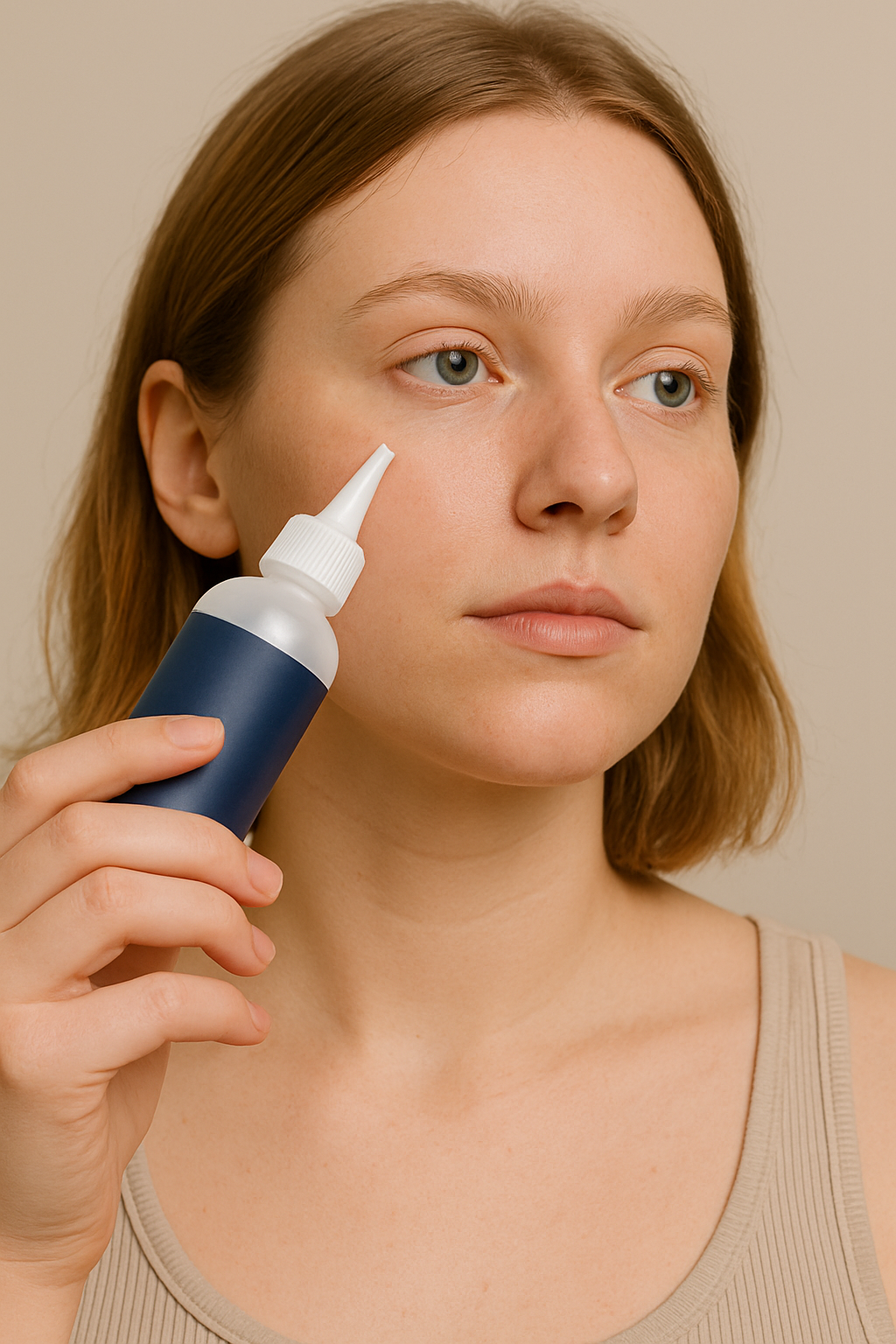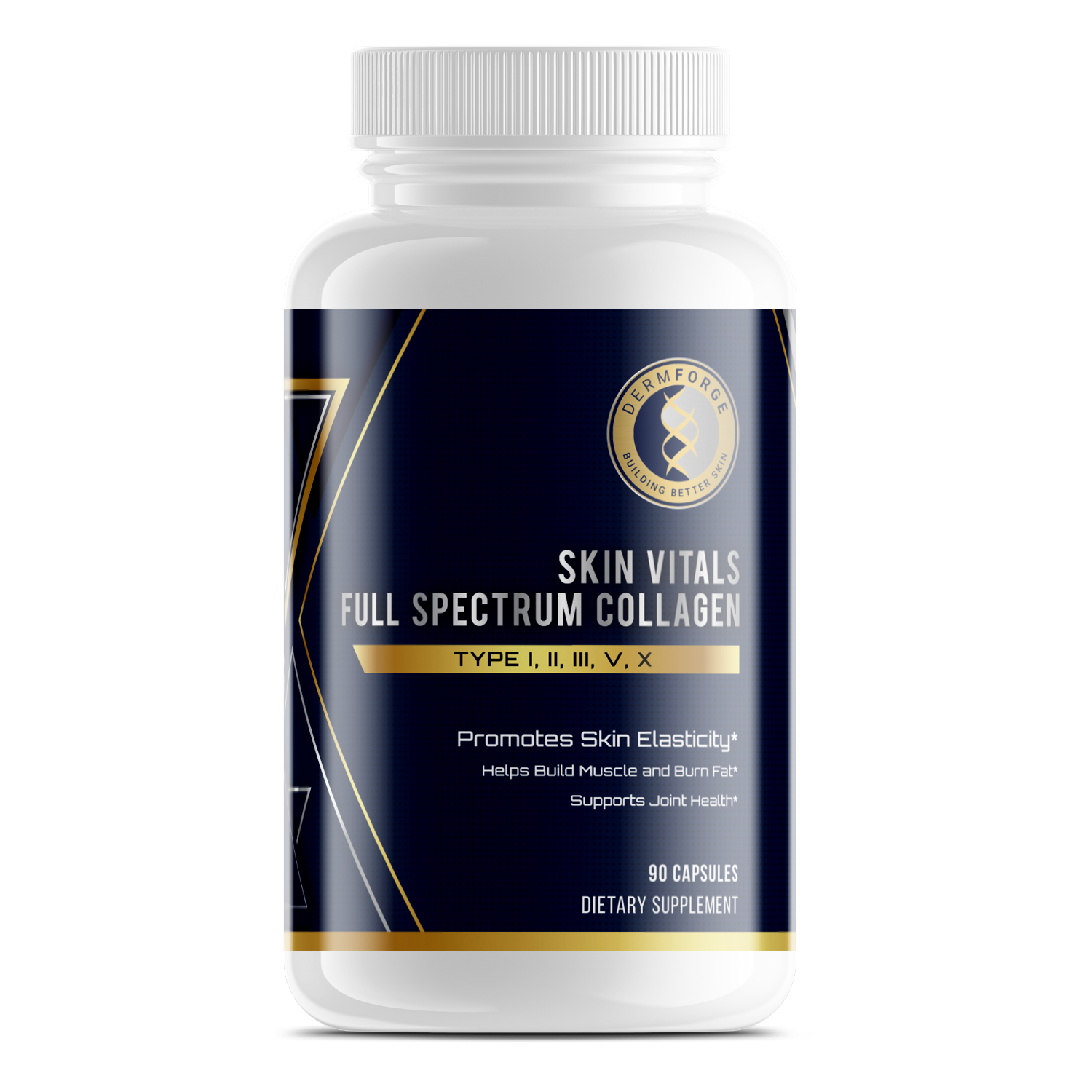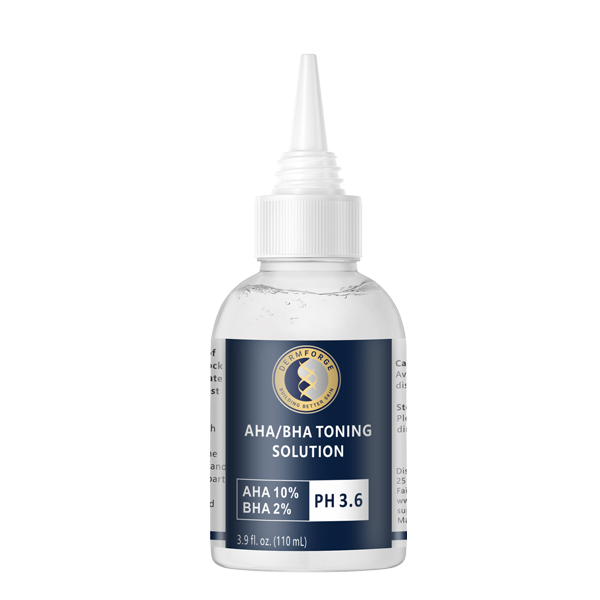Using glycolic acid toner can be one of the most effective ways to support smoother, clearer skin. However, not all toners work the same. These Glycolic Acid Toner tips will help you understand how to use them with confidence and consistency. You need more than a popular product—you need the right method.
Therefore, it helps to know how glycolic acid affects the skin. This acid removes dead cells and improves skin texture over time. Additionally, it helps reduce discoloration, clear blocked pores, and prepare your skin for other products. You get better results when each step builds on the last.
Many people misuse exfoliating toners by overusing them or combining them with strong actives. That can lead to sensitivity, redness, or peeling. Therefore, start slowly and adjust based on how your skin reacts. Also, remember that sunscreen becomes more important when using acids daily.
Additionally, knowing your skin type will guide product selection and frequency. Some people need low concentrations while others tolerate more. Moisturizers, serums, and cleansers must also support the toner, not compete with it. Consistent routines give better results than overcorrecting.
Whether you are using it yourself or recommending it to clients, you need a clear plan. Therefore, understanding the product’s role in a larger regimen helps prevent problems. It also builds trust in the process and in the results that follow.
What Glycolic Acid Toner Is and How It Works
Glycolic acid is a type of alpha hydroxy acid, or AHA, derived from sugarcane. It is known for its small molecular size. Because of this, it penetrates the skin more effectively than many other acids. Glycolic acid helps loosen the bonds between dead skin cells on the surface. As a result, it promotes faster cell turnover and a smoother texture.
When you use a glycolic acid toner, you gently exfoliate your skin without physical scrubbing. This chemical exfoliation helps clear clogged pores and reduces surface buildup. Therefore, it often leads to brighter, clearer, and more even-looking skin. Additionally, regular use can help reduce the appearance of fine lines and hyperpigmentation.
At the cellular level, glycolic acid stimulates fibroblasts, which are cells that produce collagen. Increased collagen supports firmer, more resilient skin over time. Therefore, this type of toner works beneath the surface, not only improving appearance but also supporting skin structure. Because of its deep activity, it is often recommended for improving texture and tone.
However, glycolic acid does increase sensitivity to the sun. You should always wear sunscreen when using products with active acids. Additionally, start with lower concentrations if your skin is new to chemical exfoliants. Apply it after cleansing, but before serums or moisturizers, for best absorption.
For those building a skincare routine, the right product can make a difference. These Glycolic Acid Toner tips help you get results without overdoing it. Therefore, with consistency and care, this toner can support clearer and healthier skin. Make it part of your regular regimen and adjust as your skin adapts.
Benefits of Using Glycolic Acid Toner in a Skincare Routine
Adding glycolic acid toner to your skincare routine can lead to clearer and more refined skin. It works by helping to remove dead skin cells. As these cells lift away, your skin feels smoother and looks more even. Additionally, this process helps fade discoloration caused by sun exposure or breakouts.
With regular use, glycolic acid helps unclog pores and prevent new blemishes from forming. Therefore, it can support clearer skin for those who experience congestion. Additionally, fewer blockages can reduce the appearance of large pores. Many people notice their skin looks brighter and more refreshed after consistent use.
Another benefit is improved absorption of other skincare products. When the surface layer is exfoliated, serums and moisturizers can work more effectively. Therefore, applying glycolic acid toner before these steps makes your overall routine more efficient. You get better results without changing your products.
However, it is important to build tolerance slowly and watch how your skin responds. Start by applying the toner a few times per week. Over time, you can increase frequency based on comfort and results. These Glycolic Acid Toner tips can help you avoid irritation while still seeing progress.
Consistency plays a big role in success. Over weeks, you may notice a smoother texture and a more even tone. Therefore, this toner can become a key part of your routine. Used properly, it supports long-term skin health while helping you reach your skincare goals.
How to Safely Incorporate Glycolic Acid Toner into Your Regimen
Introducing glycolic acid toner into your routine requires a gradual and thoughtful approach. Begin by applying it two to three times per week. Apply it after cleansing and before your serum or moisturizer. Use a cotton pad or your fingertips for even distribution across the face.
Therefore, allow your skin time to adjust to the acid’s exfoliating effect. If your skin stays calm, increase usage to every other day. Eventually, many can tolerate daily use. However, monitor for dryness or redness. Reduce frequency if irritation appears or if skin feels sensitive.
Additionally, always apply sunscreen during the day. Glycolic acid increases sun sensitivity, so daily protection helps reduce the chance of damage. Choose a broad-spectrum SPF that works with your skin type. Apply it every morning, even on cloudy days.
Avoid using glycolic acid toner with other strong exfoliants or retinoids at the same time. Therefore, alternate your actives on different days. This helps avoid over-exfoliation and keeps your barrier healthy. Moisturizers with ceramides or hyaluronic acid pair well to keep skin hydrated and balanced.
Use fragrance-free products if your skin is prone to sensitivity. Additionally, patch test new products before using them across your face. These Glycolic Acid Toner tips support safe, steady progress without discomfort. Consistency matters more than speed when building a routine.
Over time, you will notice improved texture and tone. Stick with a schedule that works for your skin’s needs. Therefore, make changes slowly and observe results. The goal is to support your skin’s health while getting the best results possible.
What Skin Types Should (and Shouldn’t) Use Glycolic Acid Toner
Glycolic acid toner works well for many skin types, but some need to take more care than others. Oily and acne-prone skin often benefits from its exfoliating action. The toner helps clear blocked pores and smooth rough areas. Therefore, it can reduce breakouts and balance oil over time.
Normal and combination skin types usually handle glycolic acid without irritation. However, it is still important to start slowly and watch how your skin reacts. Use it a few times per week before moving to more frequent use. Dry skin types may also benefit from its exfoliating properties. However, they should pair it with a rich moisturizer to avoid flaking or tightness.
Sensitive skin requires extra caution. Therefore, those with easily irritated skin should start with a low concentration and use it no more than twice a week. Additionally, avoid combining it with other actives that can increase irritation. If your skin reacts often, you may need to choose a gentler exfoliant altogether.
Those with eczema, rosacea, or compromised skin barriers should avoid glycolic acid toner. These conditions do not tolerate active exfoliants well. Instead, focus on calming and hydrating products. Glycolic acid may cause more harm than help in these cases.
Additionally, your skin’s condition can change with seasons or medications. Therefore, always re-evaluate how your skin responds over time. These Glycolic Acid Toner tips can help you make smart decisions based on your skin type and condition. Listening to your skin leads to better, more comfortable results.
Common Mistakes to Avoid When Using Glycolic Acid Toner
Using glycolic acid toner can help improve your skin, but mistakes often lead to irritation or unwanted results. One common mistake is using it too often. Your skin needs time to adjust. Therefore, begin with a few times per week and increase gradually. Overuse can lead to dryness, redness, or peeling.
Another issue is combining glycolic acid with too many other actives. For example, using it with retinoids, salicylic acid, or vitamin C can cause irritation. Therefore, alternate products on different nights instead of layering them. Additionally, watch for signs of stress like burning or stinging, and pause if needed.
Skipping sunscreen is another serious mistake. Glycolic acid makes your skin more sensitive to the sun. Therefore, daily SPF use is non-negotiable while using acids. Apply a broad-spectrum sunscreen every morning, even on cloudy days or while indoors near windows. This helps protect your skin from damage and discoloration.
Many people also forget to moisturize afterward. Glycolic acid works best when followed by a soothing, hydrating product. Therefore, always apply a calming moisturizer to support your skin barrier. Look for ingredients like hyaluronic acid or ceramides.
Additionally, avoid using glycolic acid on broken or inflamed skin. Let your skin fully heal before restarting your exfoliation routine. These Glycolic Acid Toner tips will help you avoid common missteps and protect your skin’s health. The goal is progress without discomfort. Stay consistent and patient for the best long-term results.
Choosing the Right Glycolic Acid Toner
Selecting the right glycolic acid toner requires thoughtful product evaluation. Begin by reviewing the acid concentration. Lower percentages, like 5 percent, suit sensitive or new users. Higher levels, such as 10 percent, target more advanced exfoliation needs. Therefore, your product line should reflect the needs of your intended customer base.
Additionally, pH matters when assessing toner effectiveness. A lower pH, typically between 3.5 and 4, increases exfoliation activity. However, too low can increase irritation. Therefore, aim for a formula that balances performance with comfort. Review lab data to confirm consistent pH stability over time.
Complementary ingredients help differentiate your product. Therefore, consider adding soothing agents like aloe, panthenol, or allantoin. These calm the skin and support barrier repair. Additionally, humectants such as glycerin or hyaluronic acid add hydration, which improves comfort during exfoliation. Your toner should meet performance goals without compromising skin health.
Conclusion
Adding glycolic acid toner to your skincare routine or product line requires thoughtful planning. When used correctly, results can be both visible and long-lasting. Therefore, understanding concentration, pH levels, and how to layer it makes a big difference. You want to see progress, not problems.
Additionally, how your skin responds will guide your usage. Start slowly, watch for changes, and adjust based on comfort and goals. If you experience dryness or stinging, reduce how often you apply it. Give your skin time to recover before continuing.
For skincare professionals, product selection matters. Therefore, evaluate formulations with both effectiveness and comfort in mind. Pay attention to packaging, pH balance, and added ingredients. These elements affect how customers feel about the product and whether they return to buy again.
Pairing glycolic acid with the right support products also improves results. Additionally, educating your customers or clients increases their satisfaction. Clear instructions and realistic expectations support better long-term outcomes. A well-informed user is more likely to stay consistent and see results.
Glycolic acid can work for many skin types, but it requires careful application. These Glycolic Acid Toner tips help you avoid common mistakes and focus on smart, practical use. Therefore, a balanced approach leads to better skin and stronger customer trust.







